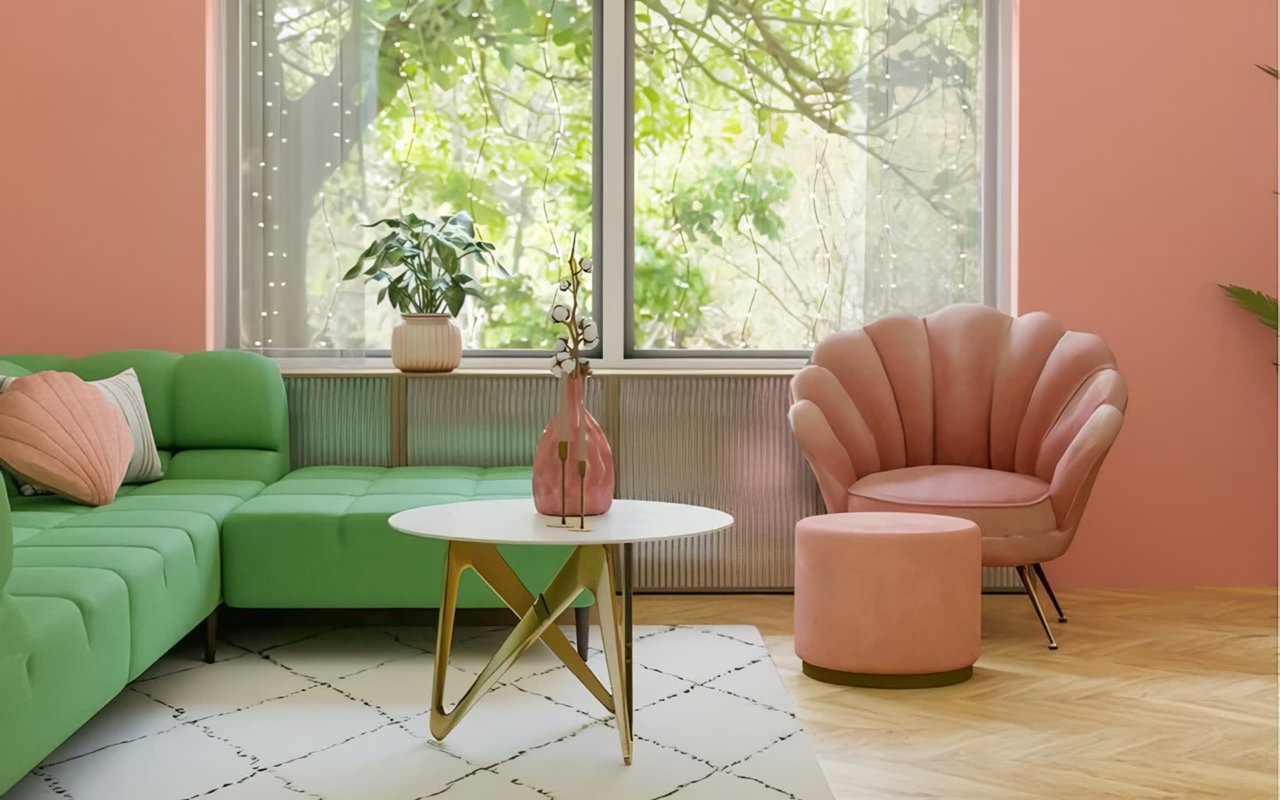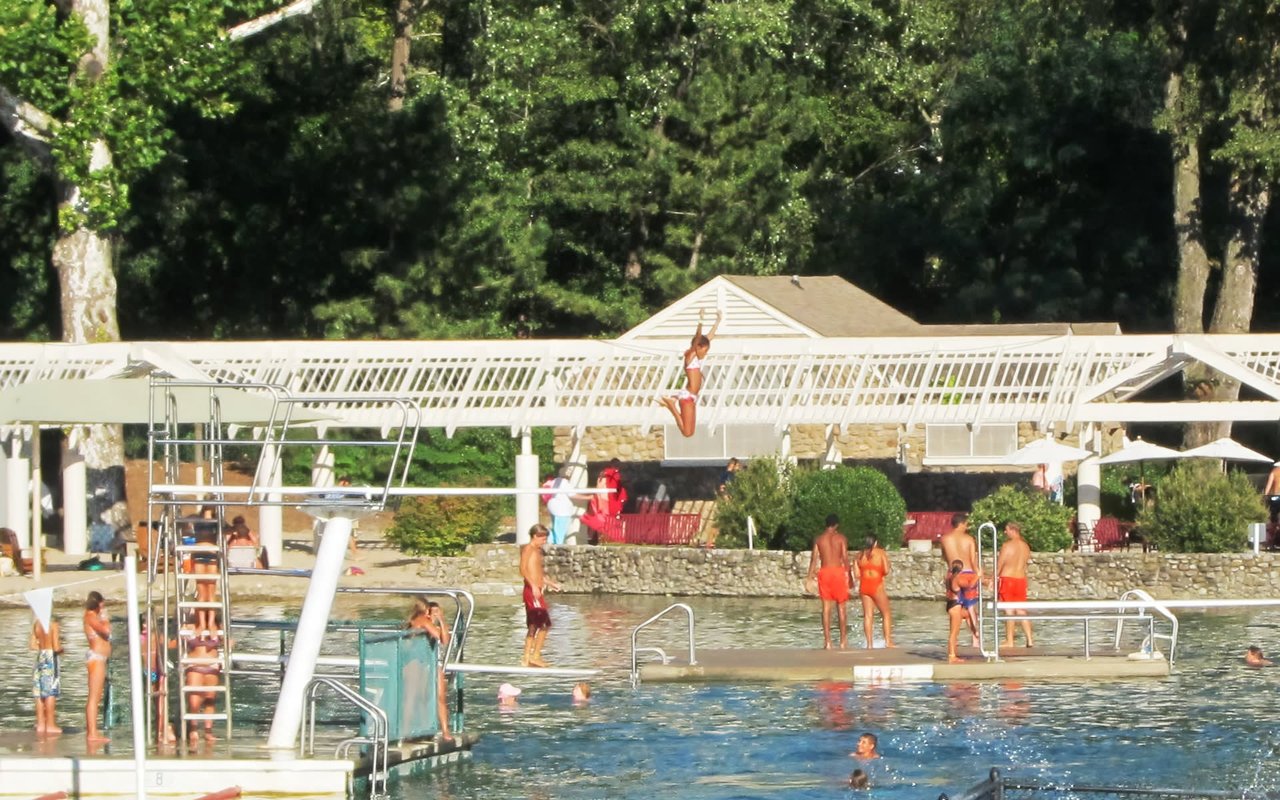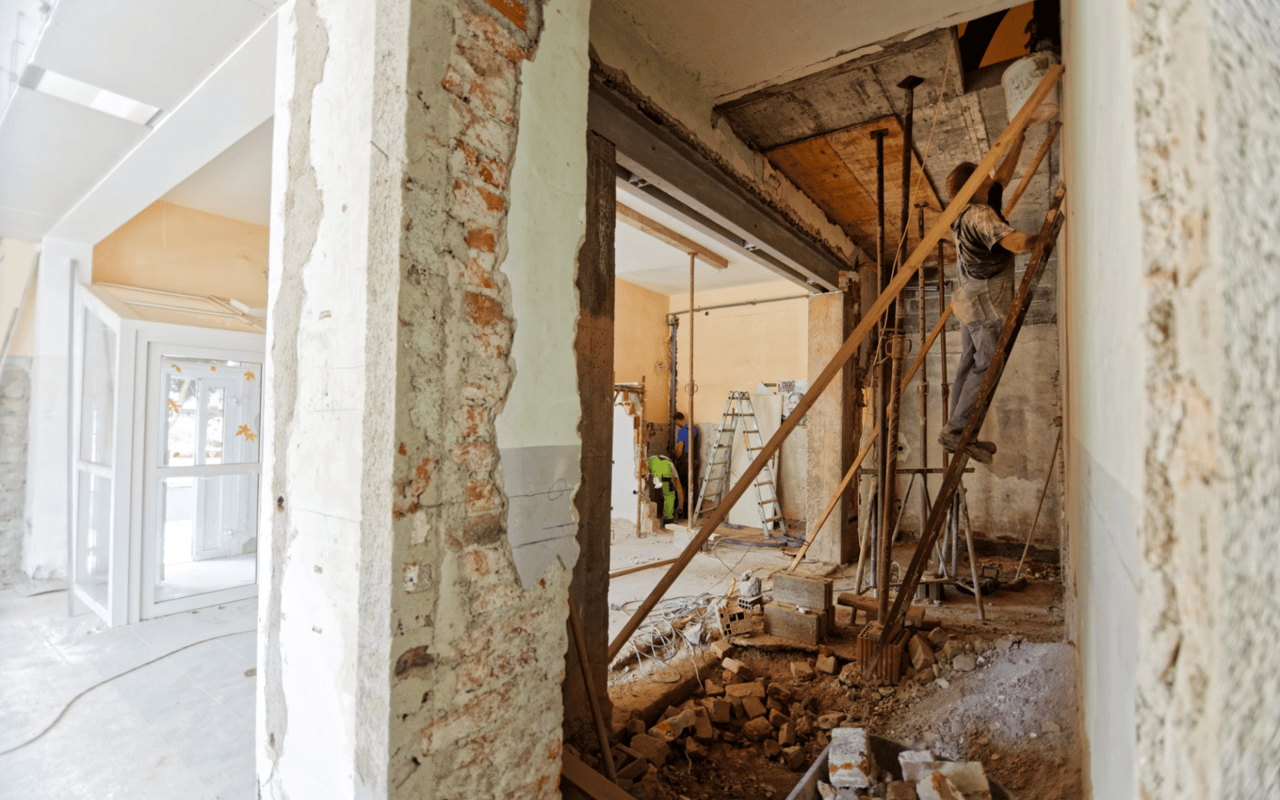Ridgewood, New Jersey, a village characterized by its historical charm and suburban appeal, offers a fascinating study in architectural contrasts. The interplay between Ridgewood traditional architecture and modern design creates a unique urban tapestry that reflects both its storied past and evolving future. This dichotomy not only enriches the visual landscape but also underscores broader trends in architectural preferences and community values. In this guide, the expert REALTORS® at
The Ann + Melinda Group will take you through everything you’ll want to know about Ridgewood’s traditional and modern architecture.
Historical Foundations: The Roots of Ridgewood Traditional Architecture
Ridgewood's architectural heritage is deeply rooted in the late 19th and early 20th centuries. During this period, the village saw significant growth, spurred by the arrival of the railroad in the 1850s. This development transformed Ridgewood into a desirable suburban enclave for New York City commuters, leading to the construction of numerous homes and public buildings that remain iconic to this day.
The quintessential elements of Ridgewood traditional architecture include Colonial Revival, Victorian, Tudor, and Craftsman styles. These styles are characterized by their intricate detailing, robust materials, and an emphasis on symmetry and proportion. For instance, Colonial Revival homes often feature gabled roofs, decorative shutters, and brick or clapboard exteriors, reflecting the influence of early American colonial architecture.
Victorian homes in Ridgewood stand out with their ornate woodwork, steeply pitched roofs, and vibrant color palettes. Tudor-style homes, with their steeply pitched gable roofs, half-timbering, and leaded glass windows, evoke a sense of medieval English countryside charm. The Craftsman style, popularized in the early 20th century, emphasizes handcrafted woodwork, wide front porches, and low-pitched roofs, promoting a philosophy of simplicity and functionality.
The Emergence of Modern Architecture in Ridgewood
In contrast to the historical styles, modern architecture in Ridgewood reflects contemporary design principles that prioritize minimalism, open spaces, and the integration of new technologies. This shift began in the mid-20th century and has gained momentum in recent decades, paralleling broader architectural trends worldwide.
Modern homes in Ridgewood often feature clean lines, large windows, and an open floor plan. These designs emphasize natural light and the seamless blending of indoor and outdoor spaces. Materials such as steel, glass, and concrete are prominently used, reflecting a departure from the wood and brick of traditional designs.
The introduction of sustainable building practices has also influenced modern architecture in Ridgewood. Green roofs, solar panels, and energy-efficient building materials are increasingly common, reflecting a growing commitment to environmental sustainability. This modern approach not only addresses contemporary needs but also redefines the relationship between buildings and their natural surroundings.
The Intersection and Coexistence of Traditional and Modern Styles
The juxtaposition of traditional and modern architecture in Ridgewood is not merely a visual contrast but a dynamic dialogue between past and present. This intersection is evident in various ways throughout the village.
In some neighborhoods, historic homes are meticulously preserved, maintaining the architectural integrity of Ridgewood’s past. Preservation efforts, often supported by local historical societies and community groups, ensure that these architectural gems continue to contribute to the village’s charm and character. The Ridgewood Historical Society, for example, plays a crucial role in advocating for the preservation of historically significant buildings and educating the public about their importance.
Conversely, other areas of Ridgewood showcase a blend of old and new, where modern homes are constructed alongside traditional ones. This blend creates a diverse architectural landscape that caters to a wide range of aesthetic preferences and functional needs. In some cases, homeowners opt to renovate older homes, incorporating modern amenities and design elements while respecting the original architectural style. Such renovations often involve open floor plans and updated kitchens and bathrooms, seamlessly integrating modern conveniences with historic charm.
Community Response and Cultural Impact
The coexistence of traditional and modern architecture in Ridgewood has sparked various community responses. Some residents advocate for strict preservation of the village’s historical character, emphasizing the importance of maintaining the architectural continuity that defines Ridgewood’s identity. They argue that the unique character of Ridgewood, embodied in its traditional architecture, is a significant draw for both residents and visitors.
On the other hand, proponents of modern architecture argue that contemporary designs reflect current lifestyles and technological advancements. They believe that modern architecture can coexist with traditional styles, offering a fresh perspective while enhancing the village's architectural diversity. This perspective is supported by architects and developers who seek to push the boundaries of design, ensuring that Ridgewood remains a vibrant and forward-thinking community.
Discover Your Dream Home with The Ann + Melinda Group
Ridgewood’s architectural landscape, marked by the dichotomy of traditional and modern styles, offers a compelling narrative of a community in evolution. The traditional architecture, with its historical significance and timeless appeal, serves as a foundation upon which the village’s identity is built. Meanwhile, modern architecture introduces innovative designs and sustainable practices that reflect contemporary values and needs.
This architectural diversity not only enhances Ridgewood’s aesthetic appeal but also fosters a vibrant and inclusive community. As Ridgewood continues to grow and evolve, the dialogue between traditional and modern architecture will remain a defining feature, shaping the village's character and future direction. The interplay between these styles ultimately enriches Ridgewood, making it a unique and desirable place to live, visit, and appreciate.
Whether you are captivated by the timeless elegance of Ridgewood traditional architecture or the sleek innovation of modern design, the expert REALTORS® at
The Ann + Melinda Group are here to help you find the perfect home. With unparalleled knowledge of Ridgewood’s unique real estate landscape and a commitment to personalized service, The Ann + Melinda Group will guide you through every step of your home-buying journey. Contact them today to explore the rich architectural tapestry of Ridgewood and make your dream home a reality.











